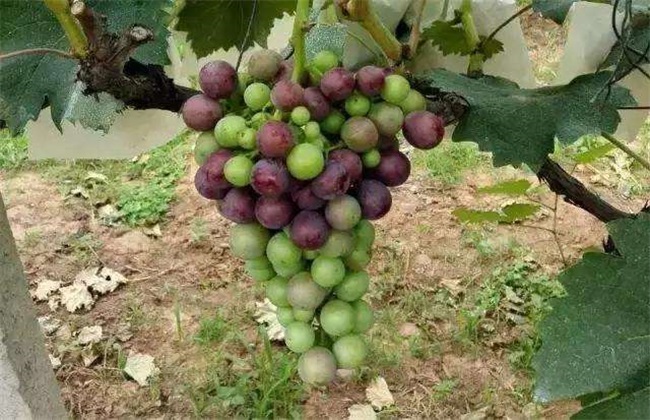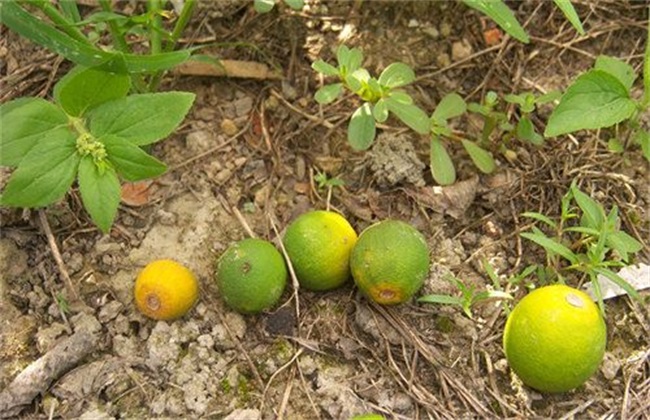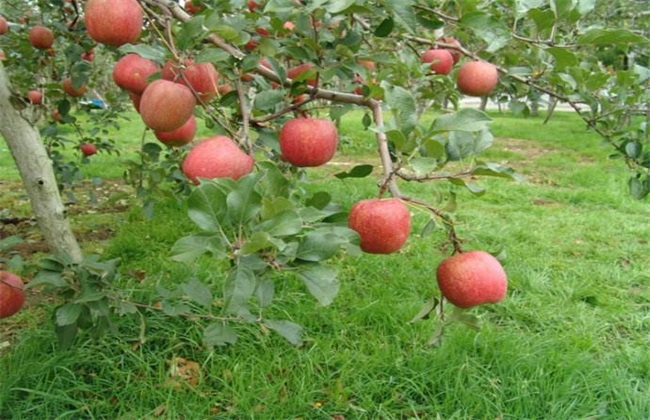Factors affecting the coloring of grapes
Grape can be said to be a kind of national fruit, which is cultivated all over our country. Grapes have high nutritional value and are relatively easy to grow. When grapes grow, they need to go through several growth periods. Among them, the color conversion period is a very important period, but when the grapes change color, there are often many factors that affect the color of the grapes. So what are the specific factors? Let's take a look at it together.

1. Temperature
Temperature is a key factor in the formation of grape anthocyanins, and grapes need a low temperature environment when forming anthocyanins. If the temperature is high, it will also inhibit the formation of anthocyanins. As a result, the grapes in many high-temperature growing areas look immature and the color does not meet the standard for sale at all, but they taste very sweet. Therefore, some professional survey data show that when the temperature of the main vine reaches 20 degrees, the content of anthocyanin is far higher than that in the environment of 30 degrees. When the temperature decreases, the content of anthocyanin will increase obviously.
2. Lighting
Different grape varieties have different requirements for light. Therefore, the difference of light also has a great impact on the color of grapes. Among them, varieties such as Red Peak and Red Earth generally improve their coloring ability with the increase of light intensity. The popular point is that the stronger the light of these varieties, the better the color will be. If is like the black king, the summer black and so on the light intensity request is not strict for the variety. Fruit coloring doesn't have much to do with light, and sometimes it doesn't even have any effect.
3. Improper management of water and fertilizer
The requirement of potassium element for grape growth is relatively large, and potassium element is also the main factor to ensure grape coloring. However, many fruit growers tend to apply nitrogen fertilizer in their planting, especially when the fruit is colored. In fact, excessive application of nitrogen fertilizer, not only can not promote fruit coloring, but also inhibit grape coloring. Excessive nitrogen fertilizer will not only inhibit the accumulation of anthocyanins, but also affect the nutrient absorption of shoot growth. Then if the fruit is painted and watered too much, it is easy to cause the new shoots to flourish and grow, resulting in greedy green late ripening.
4. Grape rack
Grape is a kind of vine crop, in order to make the grape grow better and increase the yield, it is necessary to build a frame when planting. At present, the grape frame is mainly in the shape of v or T. In fact, posture is also a major factor affecting grape coloring. There has been a professional data survey shows that the anthocyanin content of T-shaped grape fruit is much higher than the double-cross V-shaped posture. The yield and quality of the fruit will also be greatly improved.
The above is a brief introduction to the factors that affect the coloring of grapes. In addition to the above reasons, there are also the reasons of the tree itself and various factors such as diseases and insect pests. Everyone must pay more attention to it. That's all for today's introduction. This article is for reference only. I hope it can be helpful to all of you.
Related
- Moge, come on! The staff of the peasant association in the producing area of cantaloupe were frightened when the crowd gathered.
- Causes and Solutions of low Fruit setting rate of Apple
- Symptoms and control measures of passion fruit virus disease
- Fruit growing lesson: how do apple orchards keep high yields?
- Can you build orchards in the mountains? What are the pros and cons?
- How to manage the coloring period of Crisson grape?
- This paper introduces the processing technology of two kinds of fig products.
- How much is a month for retired teachers in rural areas by 2020?
- How can strawberry planting increase sugar content? We should pay attention to management in many aspects.
- What are the cultivation techniques on how to improve the yield of golden fruit?



